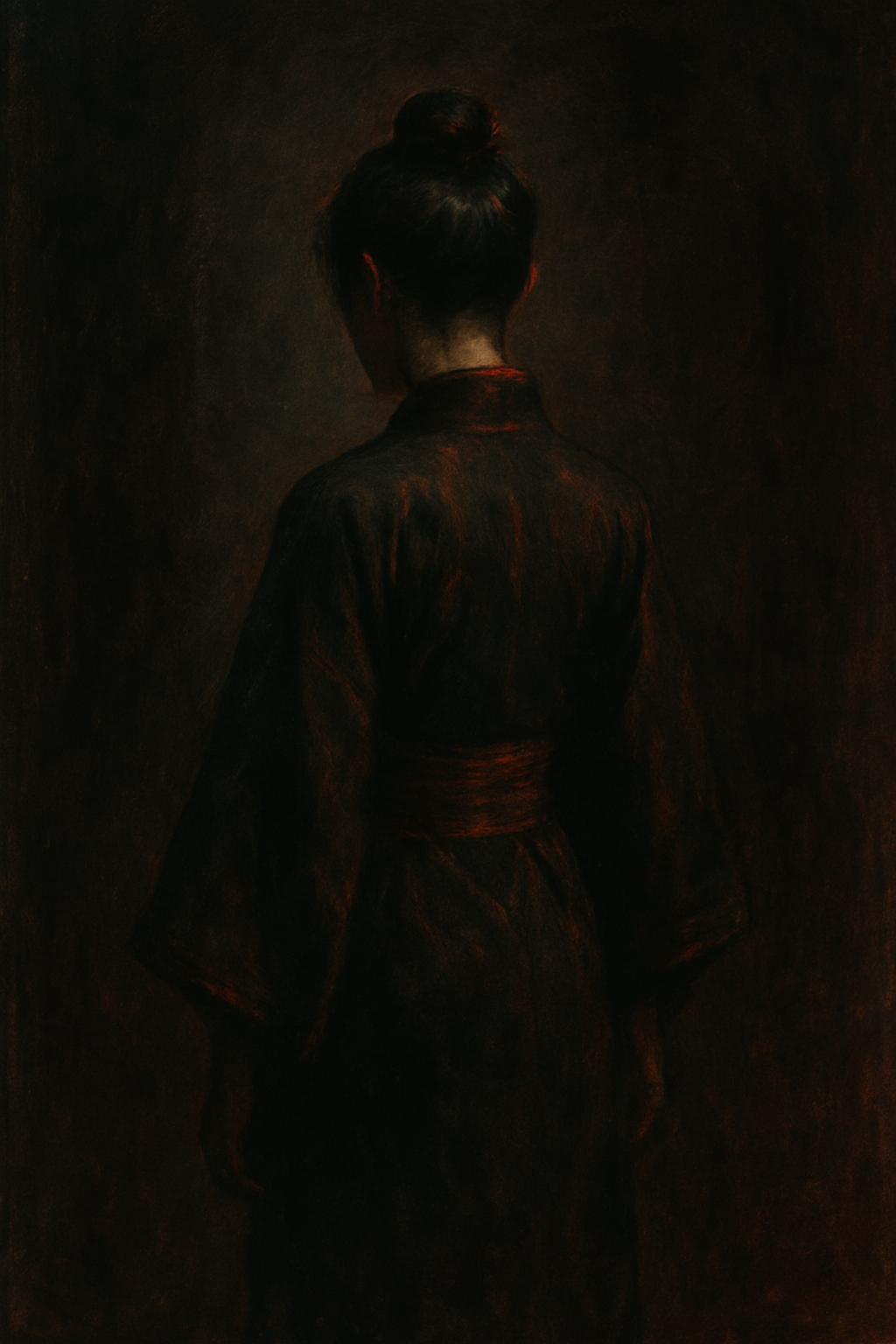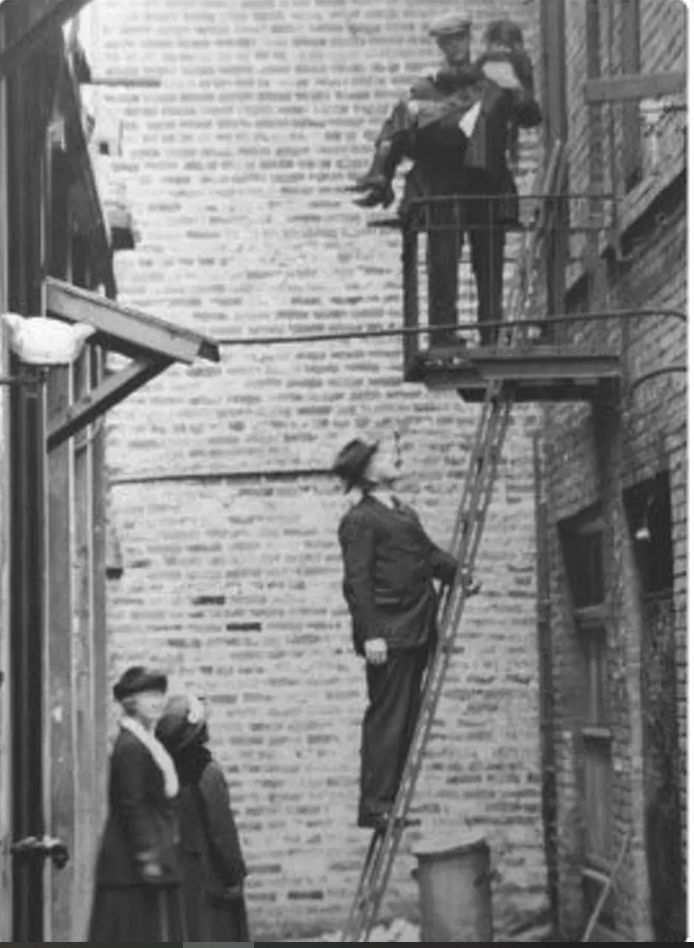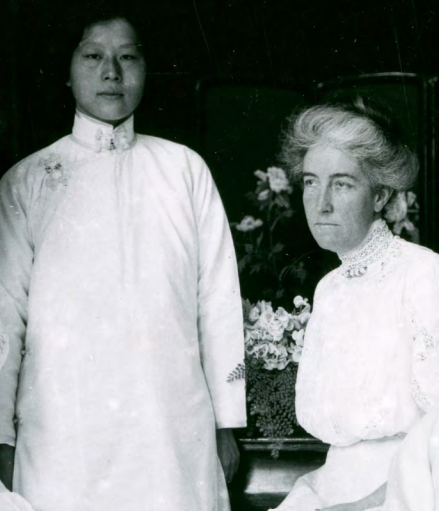the unfortunate success of Ah Toy

There are no authenticated images of Ah Toy, but she was said to be very tall and remarkably beautiful
Ah Toy, one of the first Chinese people to arrive in San Francisco in 1849, was widowed in crossing the Pacific from Guangzhou. Alone in San Francisco she had nothing except her youth and beauty. Notably, she had not a single scruple to her name.
Undaunted, Ah Toy immediately started in business. Some say she was very selective in choosing her clients, which only added to her popularity, and others say that miners formed a line to her 4X6 shack near Portsmouth Square that was blocks long. Perhaps both are true, given that she was a pioneer prostitute at a time when women were far more rare in San Francisco than gold. She was said to be very beautiful - tall, slender, with laughing eyes, alluring, but there are no verified photographs of her.
On the proceeds she opened two brothels, at 34 and 36 Waverly Pl, then called Pike Street, populating them with enslaved girls as young as 11, bought or kidnapped in China by tongs. With their clients Ah Toy was significantly less selective. The average life expectancy for her employees was 5 years.
Ah Toy prospered until 1852, when the Vigilance Committee appointed John A. Clark brothel investigator with the explicit aim of running the most visible Chinese woman in San Francisco out of town. At first Ah Toy made Clark her lover, but he took to beating her, and the courts, to which she repeatedly turned were no protection.
In 1854 California enacted new anti-prostitution laws and forbade Chinese Americans (as it earlier did African Americans and Native Americans) from testifying in court.
Because of these laws she was arrested, convicted, and fined for keeping a disorderly house. She tried to stay in business but by 1857 saw that it was no longer safe and attempted to return to China. She spent two years there, and was again back in San Francisco being arrested for running a brothel (twice) and for beating one of her slaves.
This was three arrests in six months, and after that Ah Toy retired.
She spent her long, happy, and prosperous retirement in San Jose, dying there in 1928 at almost 100 years old.
Undaunted, Ah Toy immediately started in business. Some say she was very selective in choosing her clients, which only added to her popularity, and others say that miners formed a line to her 4X6 shack near Portsmouth Square that was blocks long. Perhaps both are true, given that she was a pioneer prostitute at a time when women were far more rare in San Francisco than gold. She was said to be very beautiful - tall, slender, with laughing eyes, alluring, but there are no verified photographs of her.
On the proceeds she opened two brothels, at 34 and 36 Waverly Pl, then called Pike Street, populating them with enslaved girls as young as 11, bought or kidnapped in China by tongs. With their clients Ah Toy was significantly less selective. The average life expectancy for her employees was 5 years.
Ah Toy prospered until 1852, when the Vigilance Committee appointed John A. Clark brothel investigator with the explicit aim of running the most visible Chinese woman in San Francisco out of town. At first Ah Toy made Clark her lover, but he took to beating her, and the courts, to which she repeatedly turned were no protection.
In 1854 California enacted new anti-prostitution laws and forbade Chinese Americans (as it earlier did African Americans and Native Americans) from testifying in court.
Because of these laws she was arrested, convicted, and fined for keeping a disorderly house. She tried to stay in business but by 1857 saw that it was no longer safe and attempted to return to China. She spent two years there, and was again back in San Francisco being arrested for running a brothel (twice) and for beating one of her slaves.
This was three arrests in six months, and after that Ah Toy retired.
She spent her long, happy, and prosperous retirement in San Jose, dying there in 1928 at almost 100 years old.

